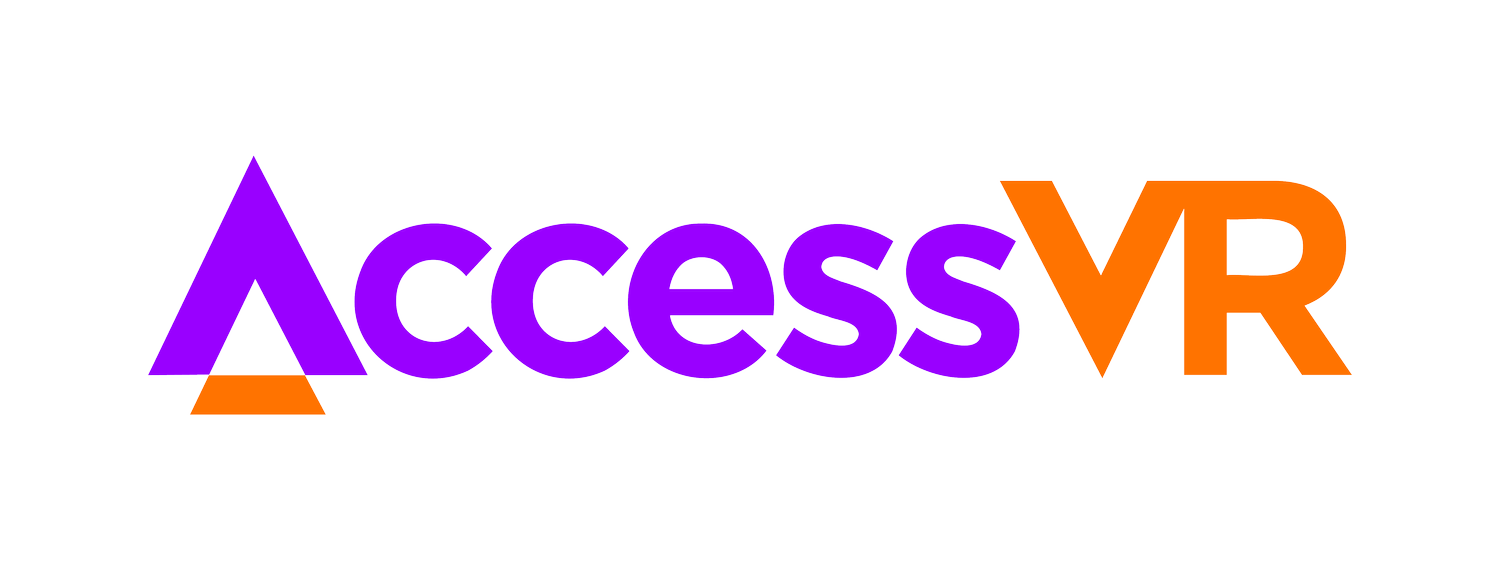Deploying Immersive Learning in Healthcare
Imagine a world where you could train every nurse in your hospital to do a new procedure in just 10 minutes—a world where it takes just hours for nurses to feel confident enough to apply those new skills on their own, instead of months.
Now imagine that same training being available not just for nurses and doctors, but for all hospital staff, including security guards and even patients and visitors. That's the world we're living in today, thanks to immersive learning technology. And deploying it is easier than you may think.
The future of education is immersive
This is an exciting time to be an educator. Learning by doing is more effective than traditional classroom learning, but it's been too hard to scale. With immersive technologies, like augmented reality (AR) and virtual reality (VR) educators have new ways to deliver experiential learning. For the first time we can teach experience at scale.
Immersive learning is a type of training that allows students to interact with the material in a more personal way. Students learn through experiences, rather than merely watching or reading about them. This is especially useful for healthcare professionals, who need to be able to practice their skills in a real-world setting to prevent patients from being at risk.
When students are immersed in various learning experiences, they gain valuable soft skills and residual benefits beyond class discussion and course curricula. Students acquire a sense of engagement within these immersive learning scenarios, increasing retention of information through presence, while building emotional intelligence around the situation. A safe environment allows nurses to practice, test, fail and retry over and over again to gain the sense of confidence, poise and self-efficacy they need when they encounter challenges in their daily practice.
The rise of VR, AR, and other immersive technologies has made it clear that we're headed for a world of new experiences. But it's not just about video games, or watching a movie in a headset. It's about creating experiences that feel real and train more effectively, better preparing students to apply skills on the job.
You don’t need to make a huge, upfront investment
Believe it or not, a small investment in immersive technology can have a profound impact on your training outcomes. And set you on your way to refining and scaling your immersive learning program.
And that's great news for the healthcare industry! Immersive learning doesn't require a huge, upfront investment like traditional classroom learning does—and it can help you train your employees faster and more effectively than ever before. This means saving time and money, while also ensuring that all students get the best possible training for the best patient outcomes.
The 360 and 180 video formats have made immersive learning more accessible than ever before. With 360 video, you can watch an entire scene unfold around you. That means there's no need for expensive equipment or complicated setup—just put on your headset and get started.
Benefits of immersive learning
There are many reasons why immersive learning is better than classroom training. First, immersive learning with 360 video is more engaging. When students can see what's happening all around them (and even behind them), they feel like they're really there. This makes it easier for them to focus on the lesson, rather than on what's going on outside their viewport.
4X FASTER TO TRAIN than in a classroom
275% MORE CONFIDENT to apply skills
3.75X MORE EMOTIONALLY CONNECTED to content
4X MORE FOCUSED than e-learning
Second, the cost of immersive learning is lower than classroom training. Using 360 video means you don't have to pay for the physical space that would otherwise be required for a classroom—or even for instructors' salaries! All you need is an internet connection and a laptop or tablet, and you're ready to go!
Start deploying immersive learning in your practice, today
1. Start by introducing simulations with live role players to increase immersion in your existing training. Use experienced doctors and nurses who can explain everything clearly, and incorporate their actual practices and procedures.
2. Capture scenarios with 360 or 180 degree video. Build an immersive library of different medical procedures and practices by capturing live simulations and daily activities.
3. Use VR tools to enhance your 360 videos to increase engagement, evaluate student performance and scale access.
For example: OrchestrateVRᵀᴹ provides an easy way to add informative and interactive layers to 360 videos, increasing their effectiveness and allowing instructors to create multiple training experiences from the same video asset.
With OrchestrateVRᵀᴹ, you can create immersive lessons that students can access from any device at any time—and rewatch whenever they need a refresher. Best of all … it's affordable and scalable, so you can reach more students in less time with no extra cost.
These first steps will provide you with a foundation to scale adoption within your organization. With this foundation, you can now invest in research and development with clarity and purpose.
Now is the time to make immersive learning part of your curriculum!
The healthcare training landscape is changing. Healthcare professionals should be the ones driving this change. If you haven’t already begun incorporating immersive learning in your training, now is the time to start.
Our mission at AccessVR is to make it easy for anyone to create immersive learning. Contact us for all of your immersive learning needs.
To learn more about our VR training platform, OrchestrateVRᵀᴹ, click here.


